At iPullRank we pride ourselves on our ability to develop robust and comprehensive content strategy rather than treating content as an isolated incident as is done with Content Marketing. Our position as a firm that does Search Engine Optimization makes this a bit difficult because there is an assumption that SEO means that content needs to just be keyword-stuffed nonsense.
Video Transcription:
Intro
Welcome back ladies and gentlemen to another edition of Rank and File. I’m your host, Mike King, founder and managing director here at iPullRank. So today I want to talk about something that’s near and dear to my heart. The idea that there is no such thing as SEO content anymore. And so we’ve got to start with the contentious relationship, no pun intended, that content has with SEO.
For so many years it was all about shoving a keyword into a page 50 times. And as long as you did that more times than another page, you are number one for that keyword. And even as searches have gotten more sophisticated, many people’s approach has been that, you know, back in the day you used to be able to like bold keywords and put italics on them and things. And that meant that the keyword was more relevant to the page.
But frankly Google is far more sophisticated than that. And you know, back in the day we also had a lot of different sites that existed just to create content specifically for a keyword but not content that anyone ever wanted to read. And you know, we’ve seen companies like Demand Media pretty much go away on the back of that type of stuff because Google rolled out something called Panda.
What is Panda?
Panda was the algorithm that basically looked for content and determine whether or not that content actually had utility for users. They use user signals, they use a variety of different data points to determine that. And ultimately it made it difficult to rank well for content that was written with the same word over and over and clearly just wasn’t valuable to a user. And so what you should be doing isn’t thinking about that. You should be thinking about, okay, what is it that my brand wants to say? What is it that people want to know? And then what is it that search engines expect? And what I mean by that is you can look at the SERP and see what type of content is being considered valuable by these algorithms and then making a better version of that.
What should you focus on?
So basically you want to be here in this Venn diagram, you want to basically encapsulate all ideas, like what did my brand want to say? What is it that people want to know and then what is it that these search engines would expect? And so any content that you create should speak to a target audience. You know, if you’re identifying your personas, your market segments, make sure that this content aligns with their expectations and their needs and their desires and so on. It should also fit in the content that it’s meant or it’s gonna be the channel that is meant for.
So you wouldn’t make a rectangular video and then try to put it on Instagram. You know, that is a clear constraint of that channel. So you shouldn’t make a page without a meta description or a page title expecting it to perform an organic search. Same sort of idea, understand the constraints of the channel, and then work around those for creating your content.
Each piece of content needs to meet a need state. So what’s the stage in the user journey that your user is in when they’re meant to consume this content? At that point, they should be able to consume this content and have a question answered or have something that they didn’t know. You know, come to them and be valuable and basically push them, nudge them further through their user journey.
Content has to have utility. It shouldn’t be a page that no one wants to read. You know, it should be delightful to that user. It should be something that they’re compelled to share or link to, or something they want to bookmark because it’s going to be a resource that they can use later on. It shouldn’t be a page that they’re like, okay, I’m here, but where’s what I’m actually looking for. Which is what a lot of those experiences that were SEO content actually were.
And so the other thing is that you want the content to be well-designed, and that’s not an absolute requirement for organic search. You know, there’s plenty of stuff out there that ranks well that looks terrible, but it’s a good way to check the boxes for some of these other things and then yield links and so on so that you can have content that performs in organic search.
Bottom line here is that organic search is the entry point and it’s fueled by content. But that doesn’t mean that that content can’t really speak to the expectations of users. It’s not just about shoving keywords in or co-occurring words and things like that. You have to balance all these things to create a piece of content that speaks to users and also meets those expectations so that it ranks.
Conclusion
So when someone says like, Hey, we got to make some SEO content, or those guys just make SEO content. No, there’s no such thing. If you’re still doing that, you’re not going to be effective in organic search. And if you are effective right now, you’re not going to be effective long term. So I would encourage you to start incorporating actual content strategy into what you’re doing, you know, doing your content audits, building out content plans, building out system for the creation, sourcing and maintenance of effective content, and also sprinkling in a bit of those expectations of organic search so that you can be more effective in driving traffic from this channel. Hope that helps. And I’ll see you tomorrow.
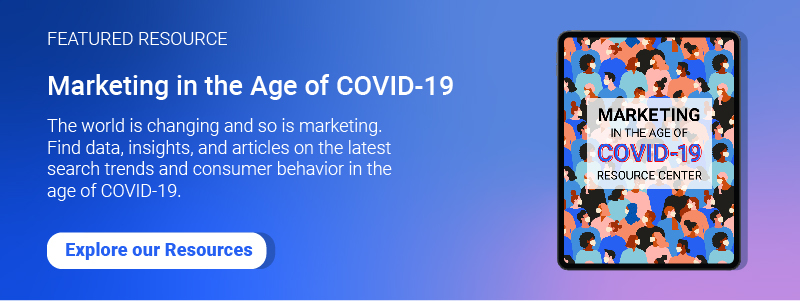
Over to you, how are you approaching content that performs in Organic Search?

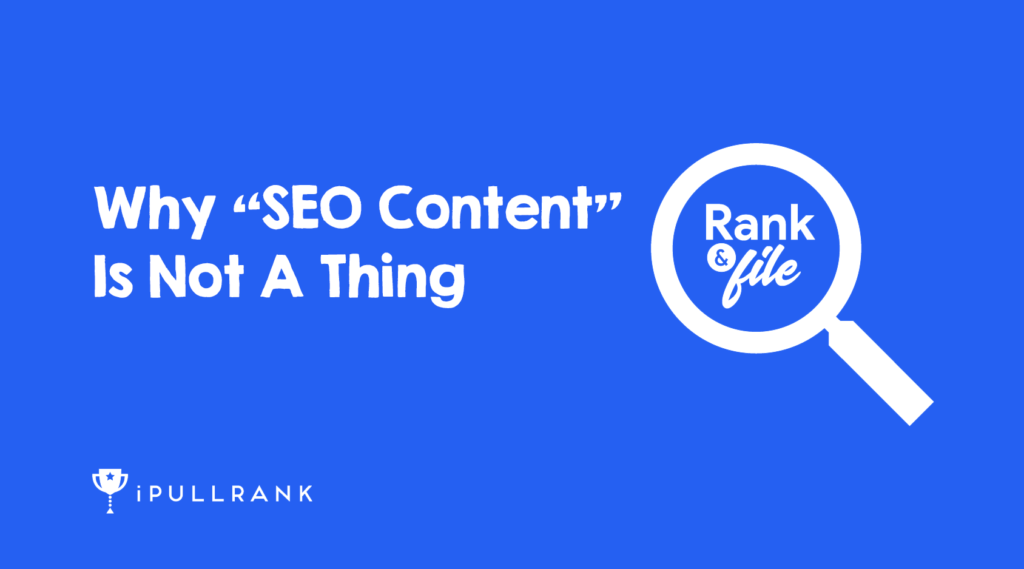
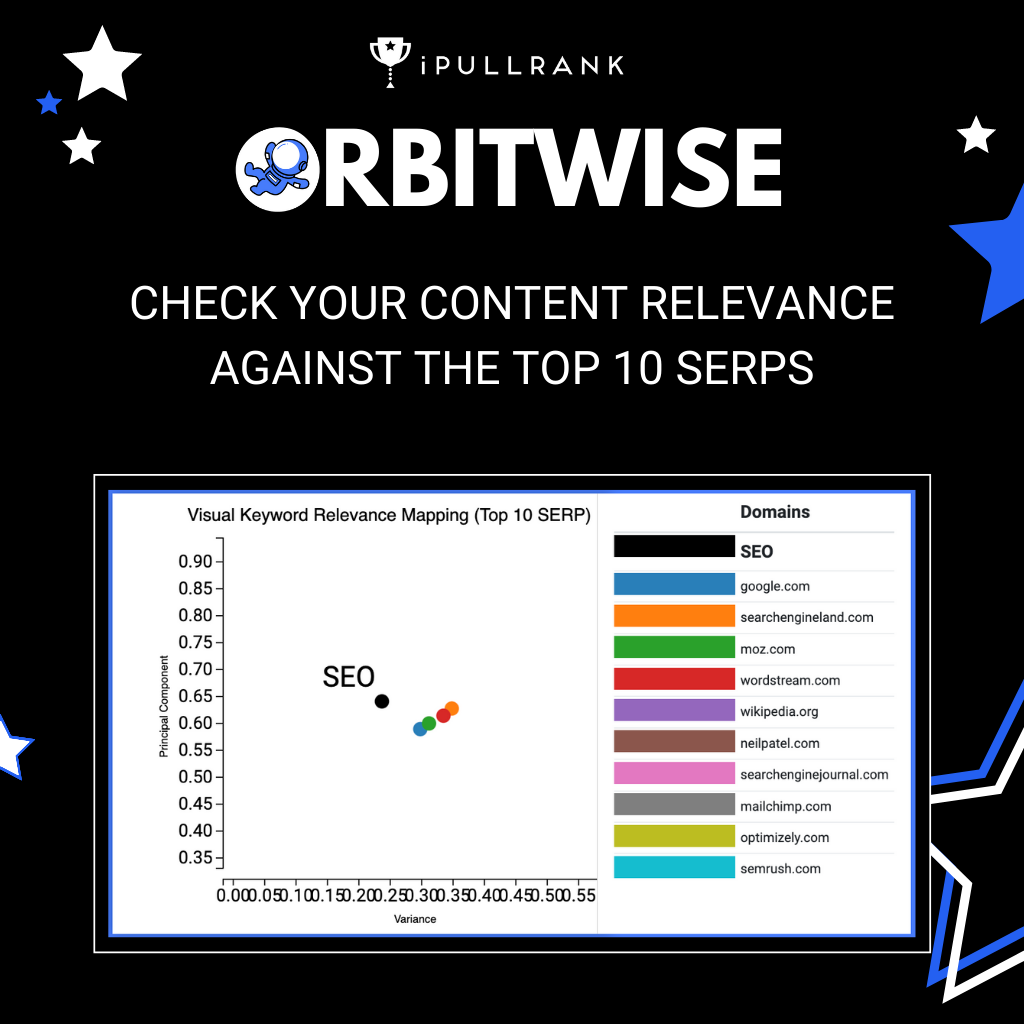
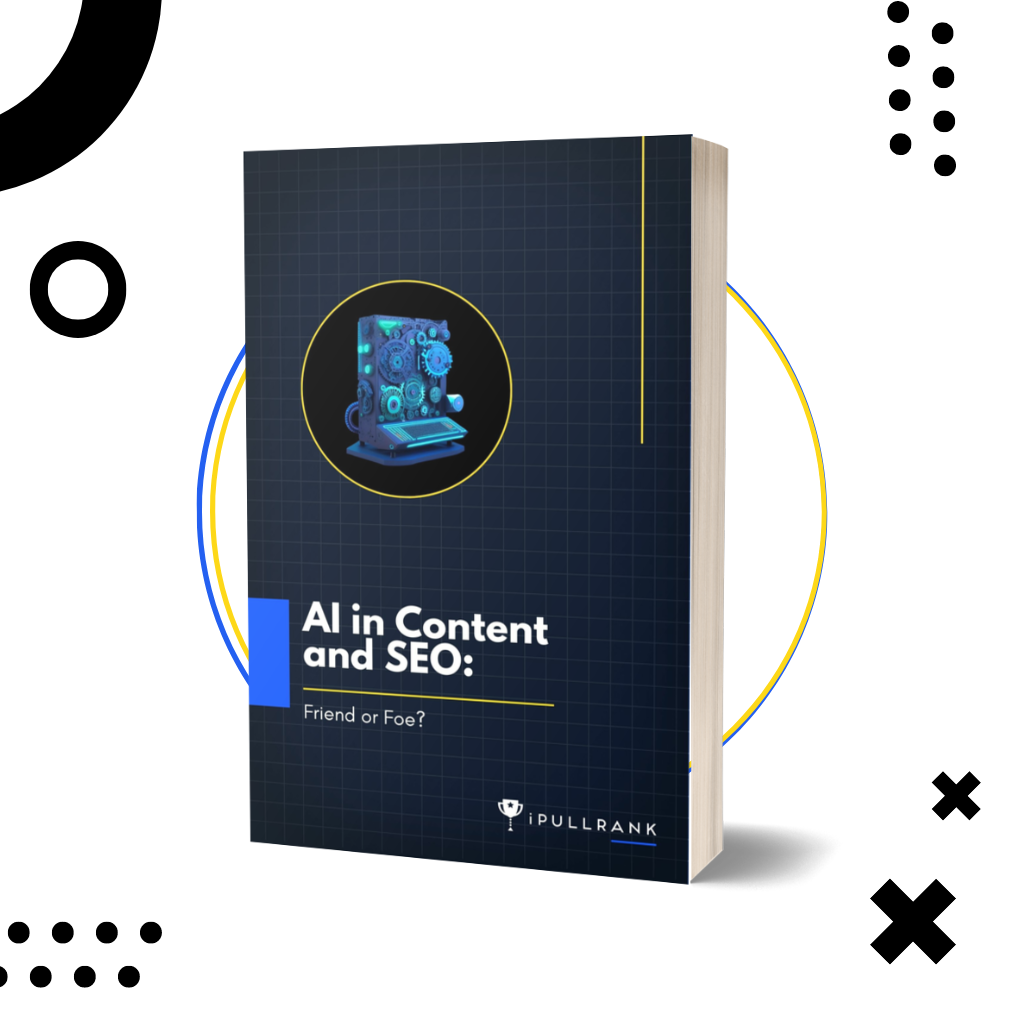
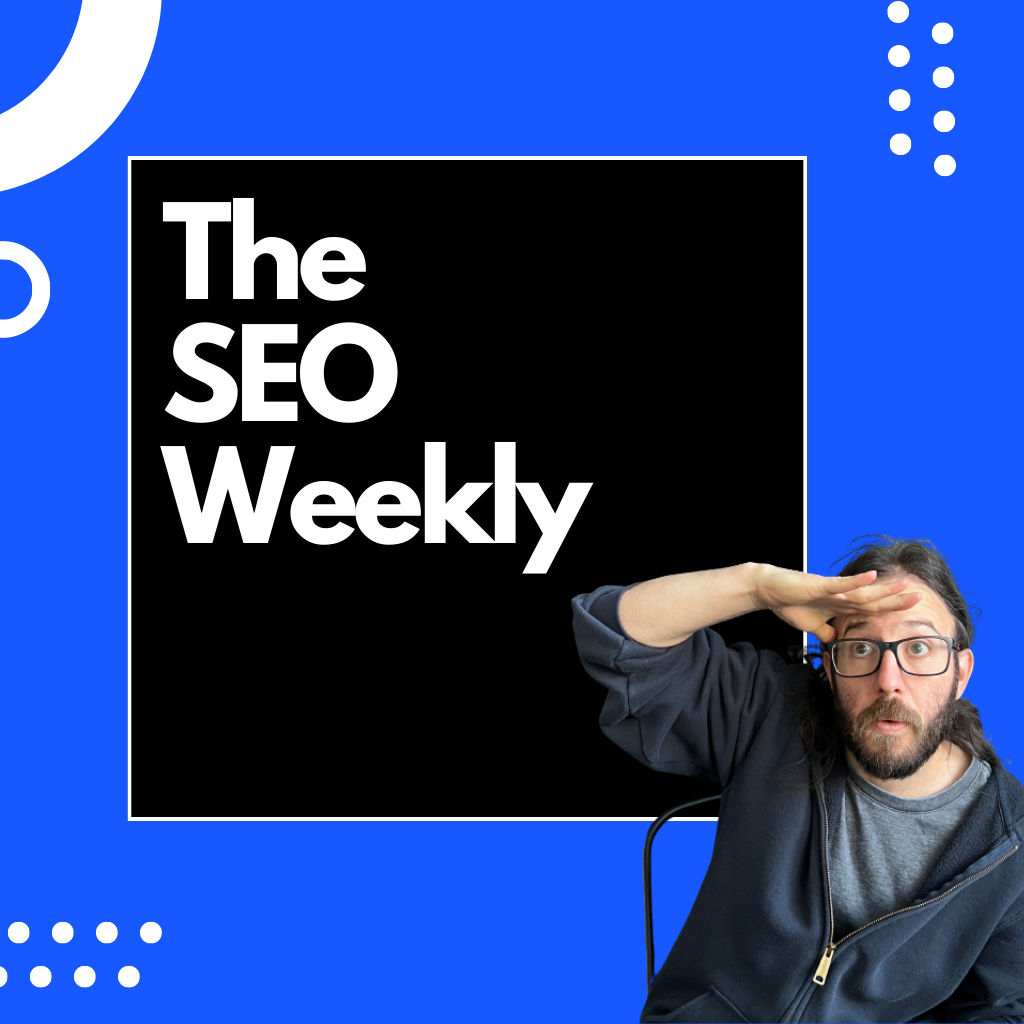





Leave a Comment